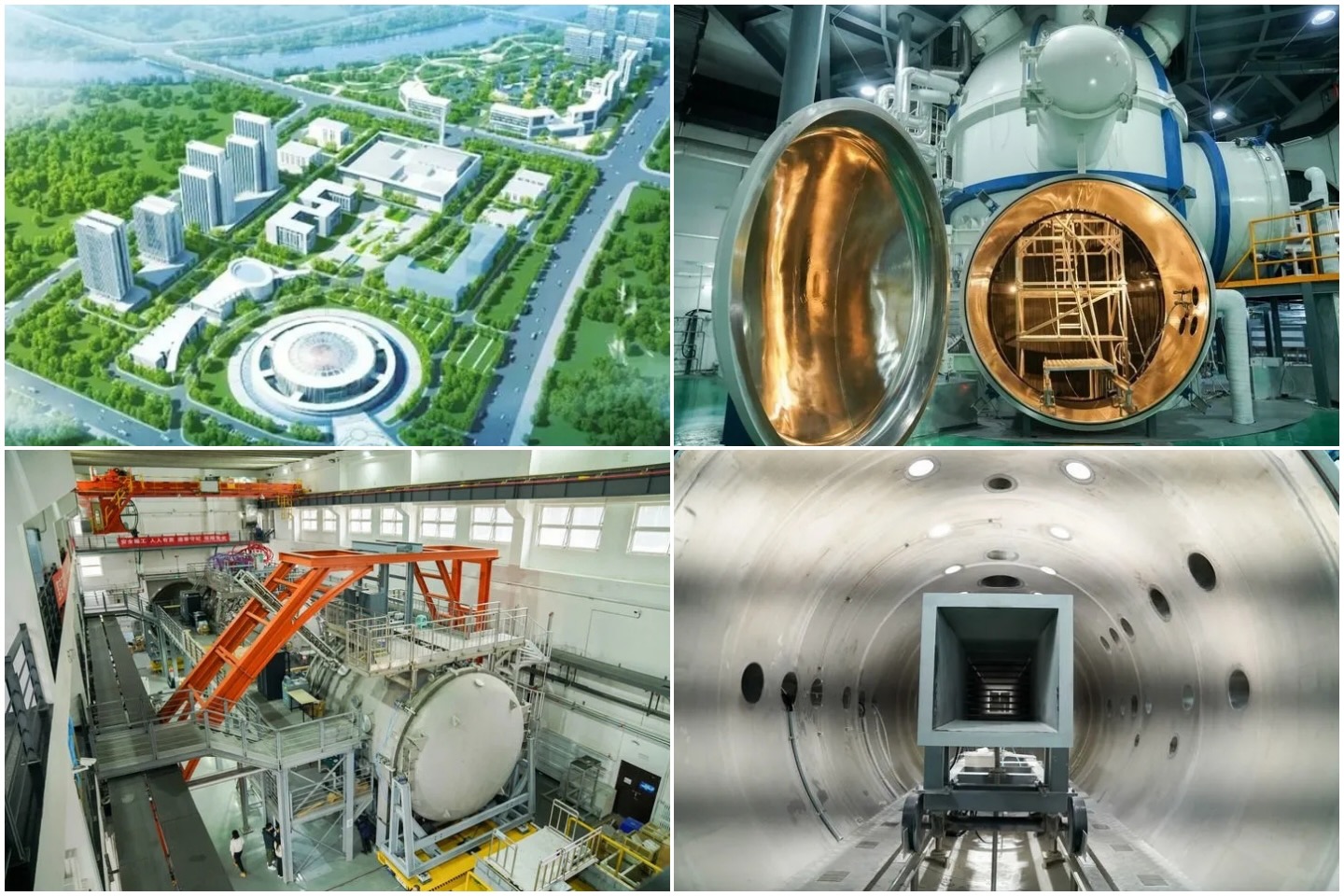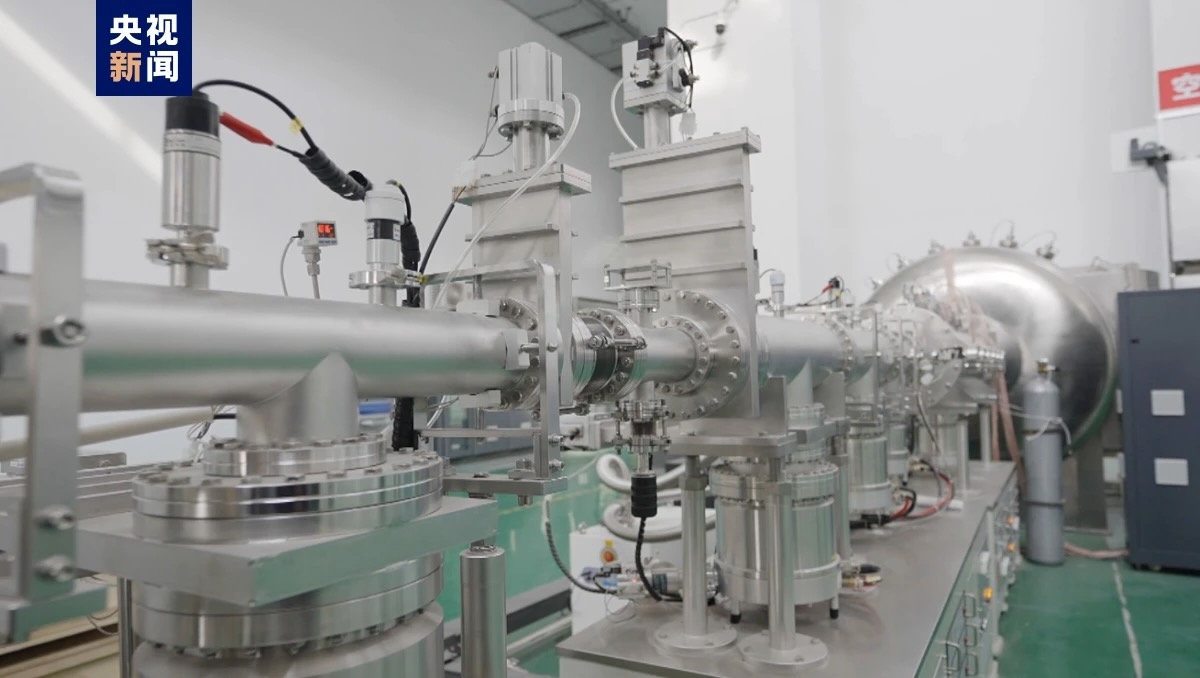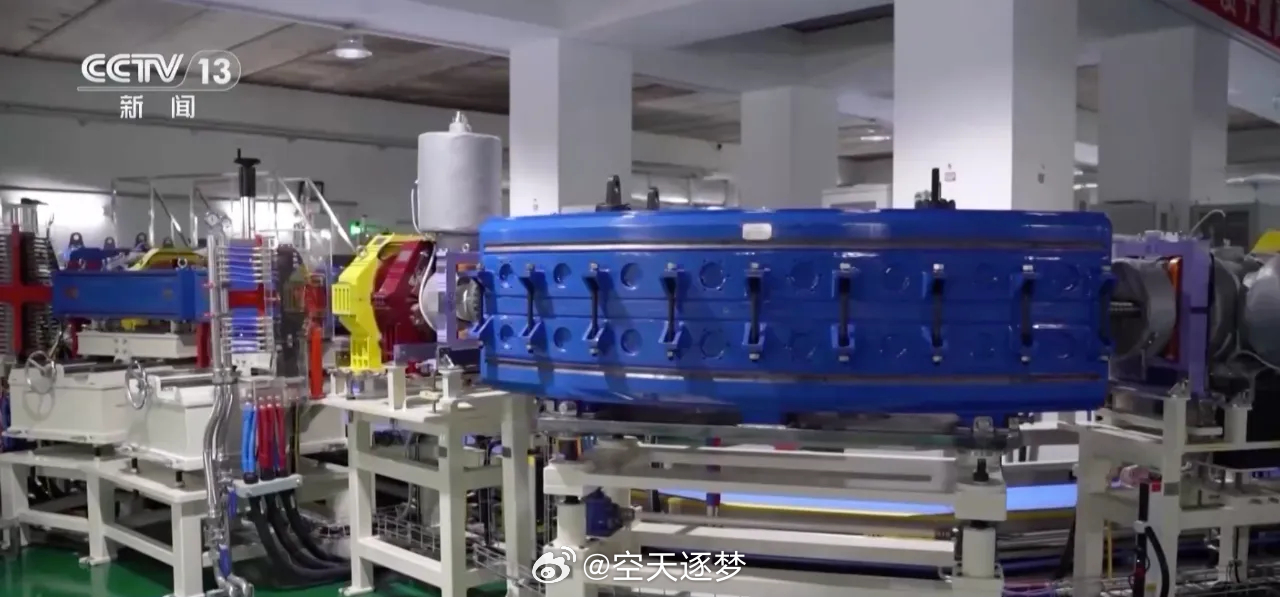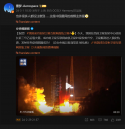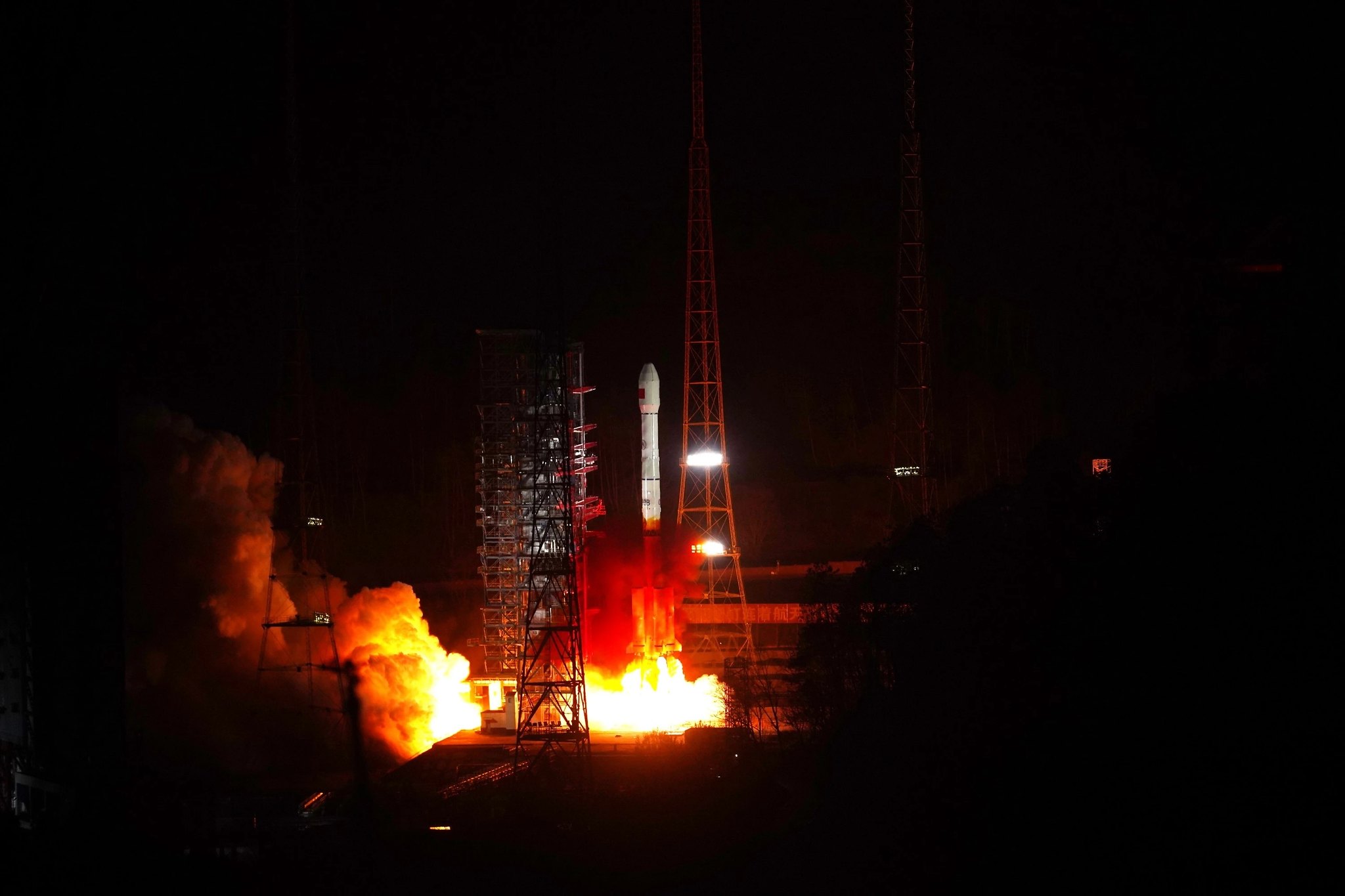The CZ-8 is a replacement for the CZ-3A.
And yet it has barely made an dent in the number of CZ-3 launches. Hell, the CZ-8 didn't even launch a single time last year.
The upper stage of the CZ-3A. The factories and tooling are the same as those used for the older hypergolic rockets. It uses the same launch pad as the CZ-7. How much could it have cost to develop anyway? Next to nothing. You basically use the CZ-8 when you need to launch a smaller satellite than you would with the CZ-7.
The CZ-8 uses two or four less side boosters and engines than the CZ-7. So it should be cheaper to produce.
Funny how you question Spacex for not knowing their numbers but somehow come up with the conclusion based on no hard facts that development of the CZ-8 and it's variants cost basically nothing. This is rocket science, things are rarely so simple. I can point you to another few well known rocket program that reused legacy hardware and tooling in an effort to reduce costs but instead cost have ballooned to around 25 billion and more than 1 billion USD per launch, somehow. There's so many examples of it, both hardware and software.
It's a well known fact about project management that sometimes a clean slate design is needed. You can't always take a decade old design and endlessly stretch it for a task that it wasn't designed for, it often ends up costing much more then the clean slate design.
Back when the program was initially conceived reusable rockets weren't even a thing anyway.
So you admit that the program took more then 4 years? The salary/manpower cost alone means that your claim of "next to nothing" is bullshit. You focus on the tooling, but staff cost money too, that's why software development can cost billion despite not needing much hardware, hiring hundreds of people and paying them for years can cost alot of money.
And I'm mainly talking about the upgraded variant of the CZ-8, that must have been started development after the Faclon 9 proved it's worth. And of course the CZ-12, they probably haven't been working on it for more then 8 years. And projects can be cancelled or changed. Plenty of American oldspace rockets have been cancelled due to the success of SpaceX eating the American launch market. Just look at the LM-9, they got the memo pretty quickly and changed designs.
Even today the economics of reusable rockets are still questionable. Outside of SpaceX no one knows the real numbers. If anything I wish they had replaced the older rockets with these ones already.
The results speak for themselves. Spacex is putting more mass into orbit then every other space agency combined.
These rockets were meant to be a low cost and low risk replacement for the older rockets which made (and still make) the bulk of the Chinese launches. Without the toxic hypergolic fuel. Their development was also fairly successful, with only one single failed launch of the initial CZ-7A.
The issue is that the LM-6/7/8 didn't make anywhere near a dent in the number of hypergolic launches for some reason. And in 2024, despite a wave of reusable rockets 2-3 years away, they're still working on an upgraded version of the LM-6/8 and CZ-12. Might have been more useful 20 years ago.
I want the hypergolic rockets to go too, but it's clear that the only thing that's going to dislodge them is a Falcon 9 tier workhorse rocket, and the route to achieving that would be faster if money and manpower wasn't spent on useless side projects. I have no problem with the LM-6/7/8, but why spent the resources the upgraded LM-6C and LM-8G and the LM-12 when it must have been clear that resauble rockets were going to dominate the launch market?
There are also plans to eventually make a reusable CZ-8 rocket for small payloads.
Probably scrapped seeing as there has been no new about it for like 6 years, I have been paying attention for every one of those years. And for good reason, the CZ-8 would have needed a complete redesign of it's engine layout, considering that the optimal reusable engine layout that we know of is a larger cluster of even numbered engines. Not the two engine and two boosters configuration that the CZ-8 has. And at that point, you might as well just make a new rocket from stratch.
Like I said, at that point it's just easier to make a clean slate design. It's like trying to make an aircraft by strapping wings to a car. You're "saving" money by using an existing hull and engine, but the amount of work needed to make an horrible aircraft means that it would be faster and cheaper to start from stratch.

